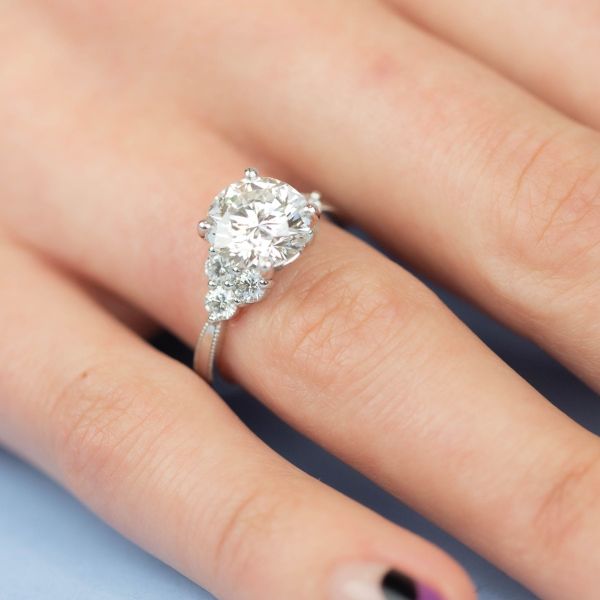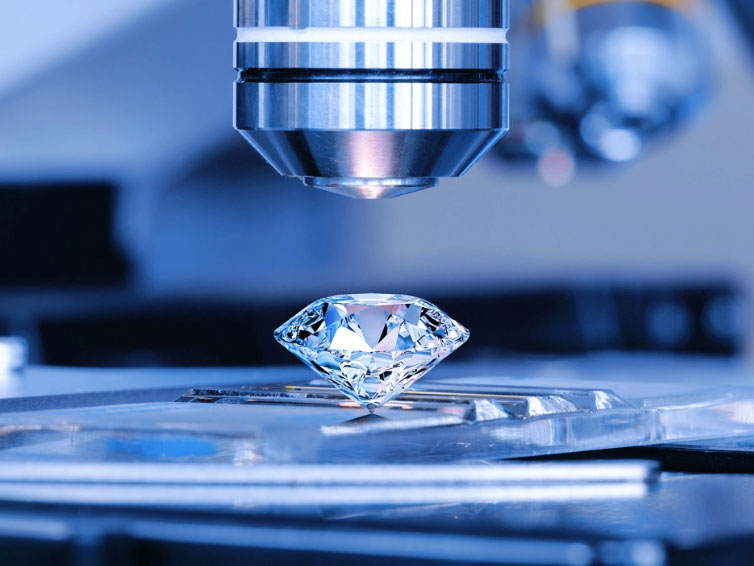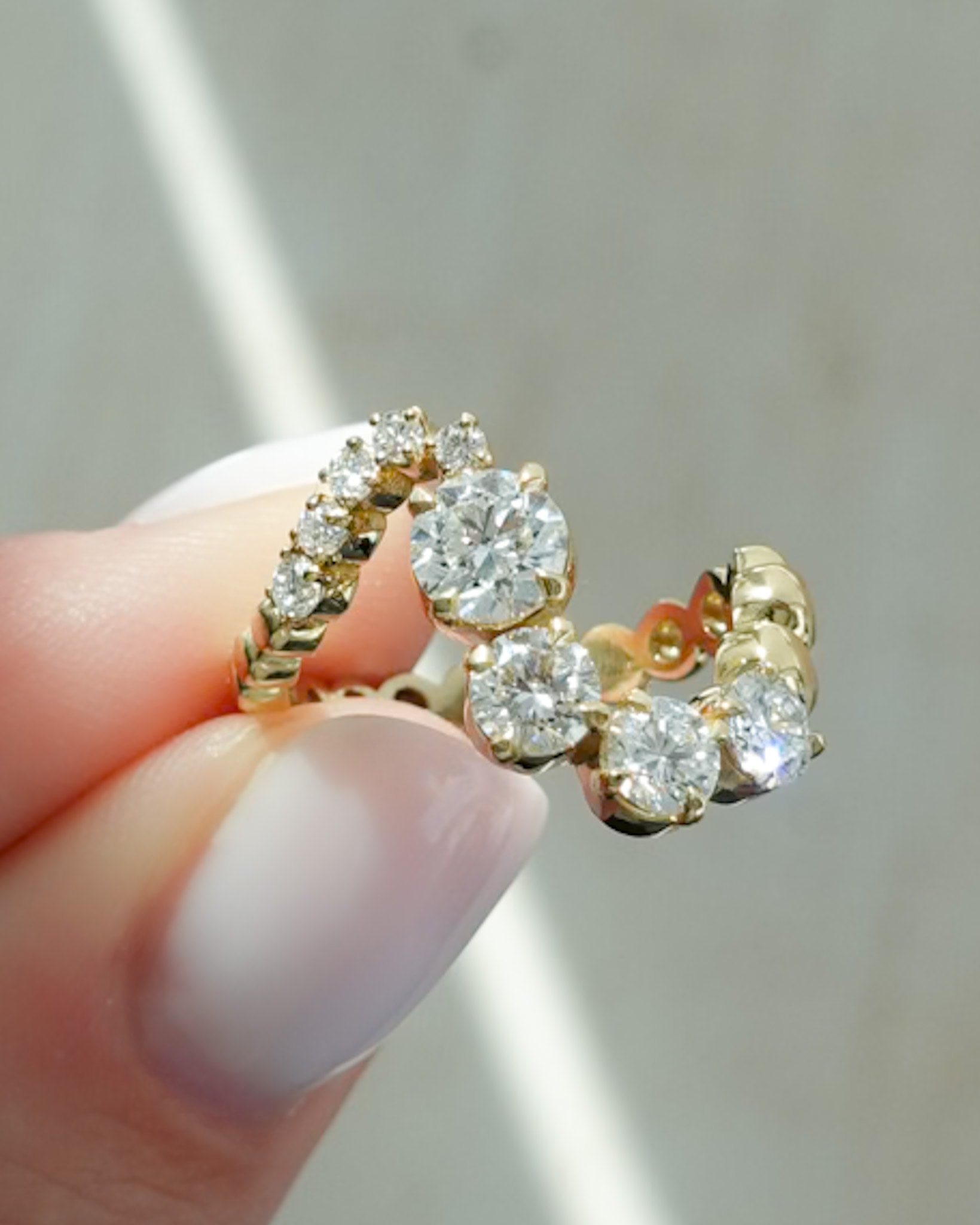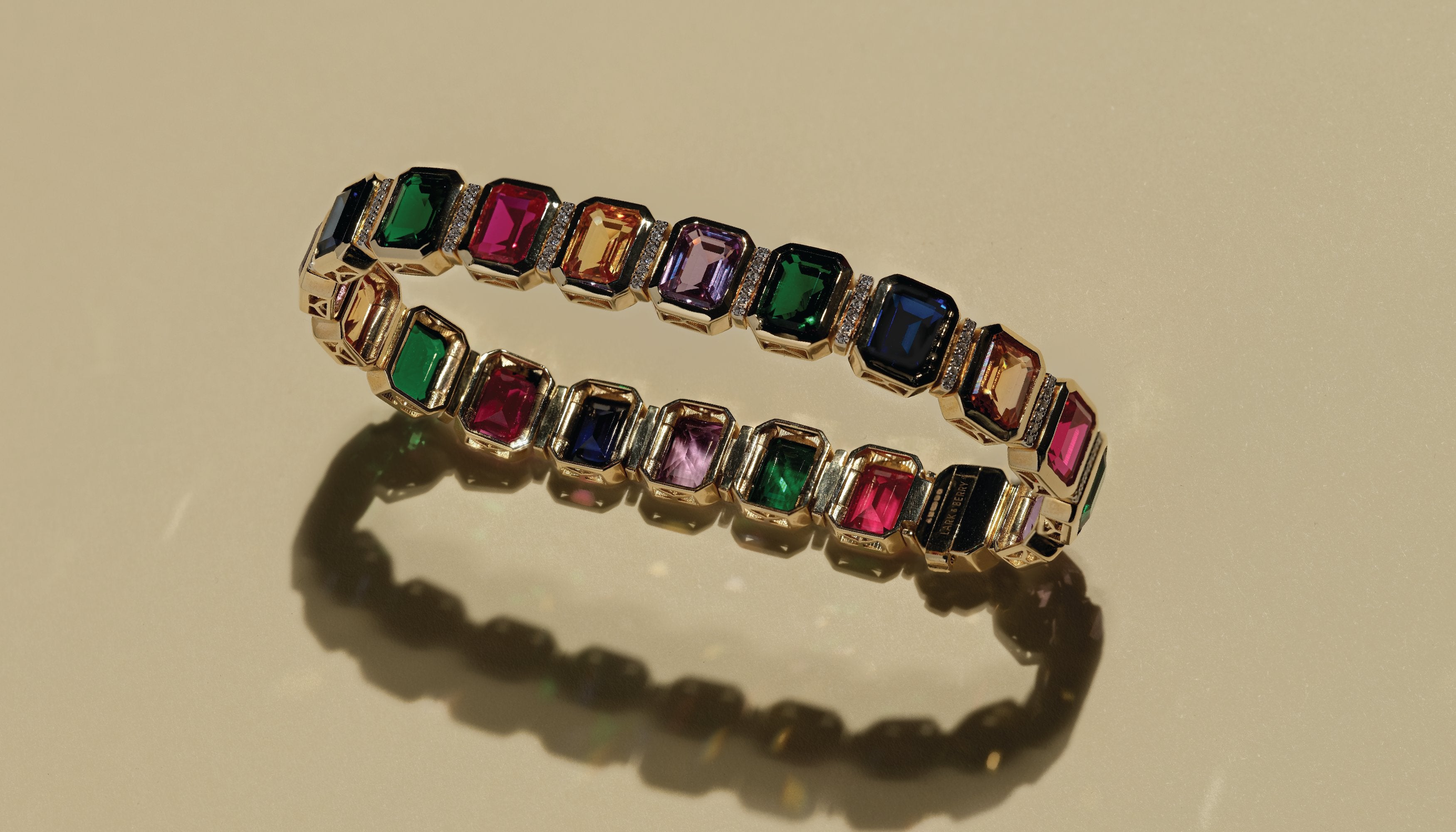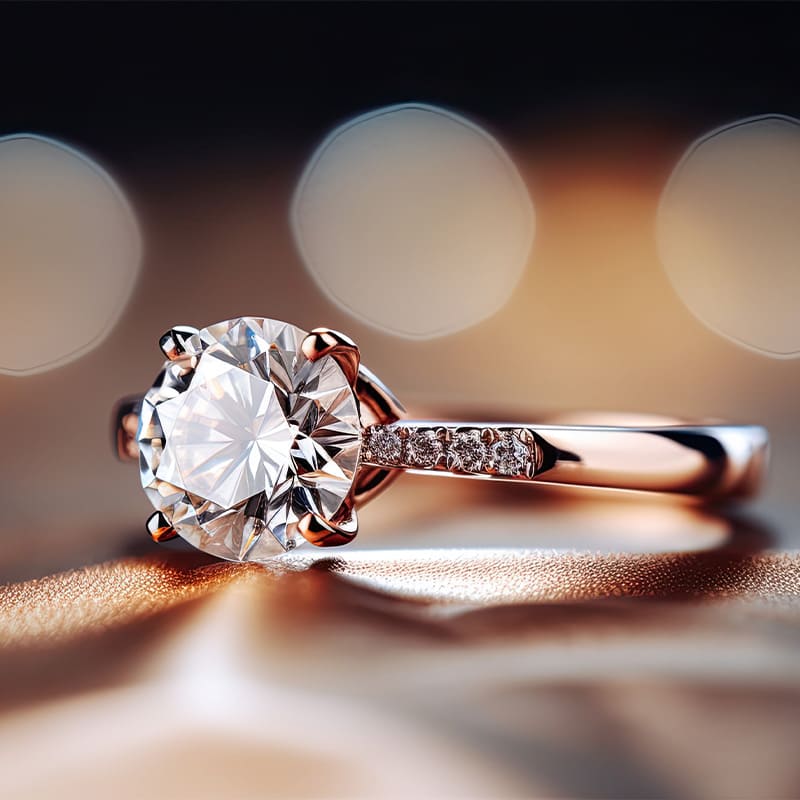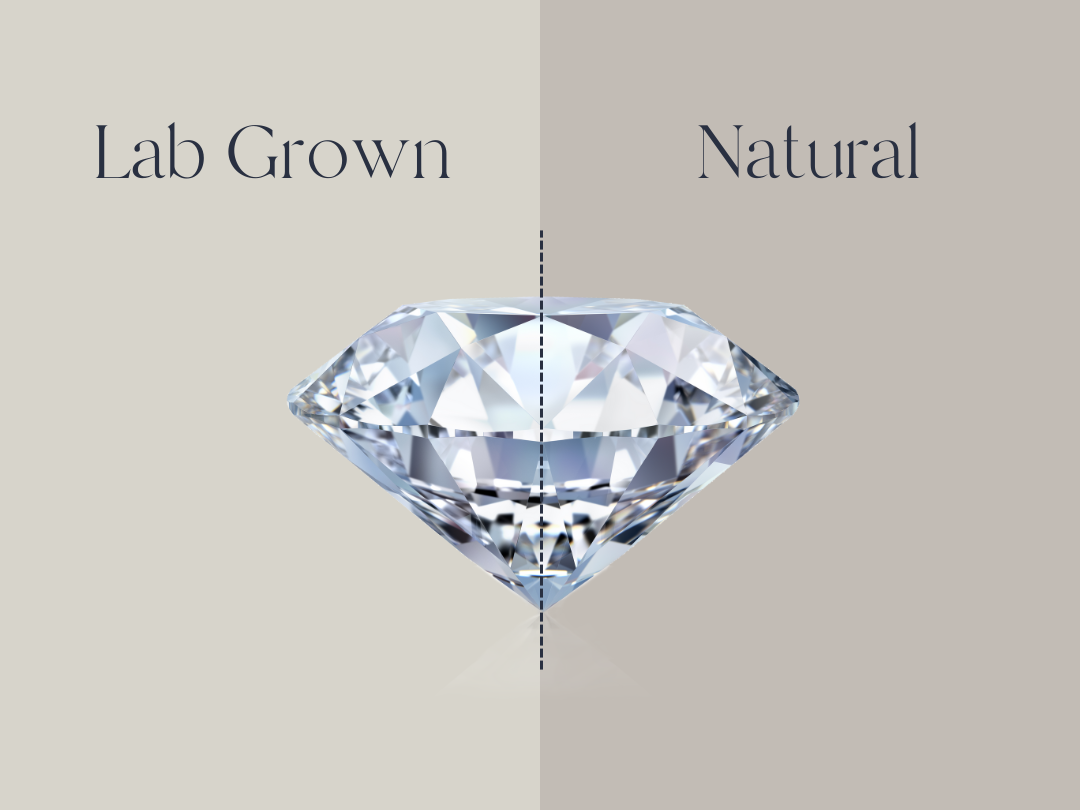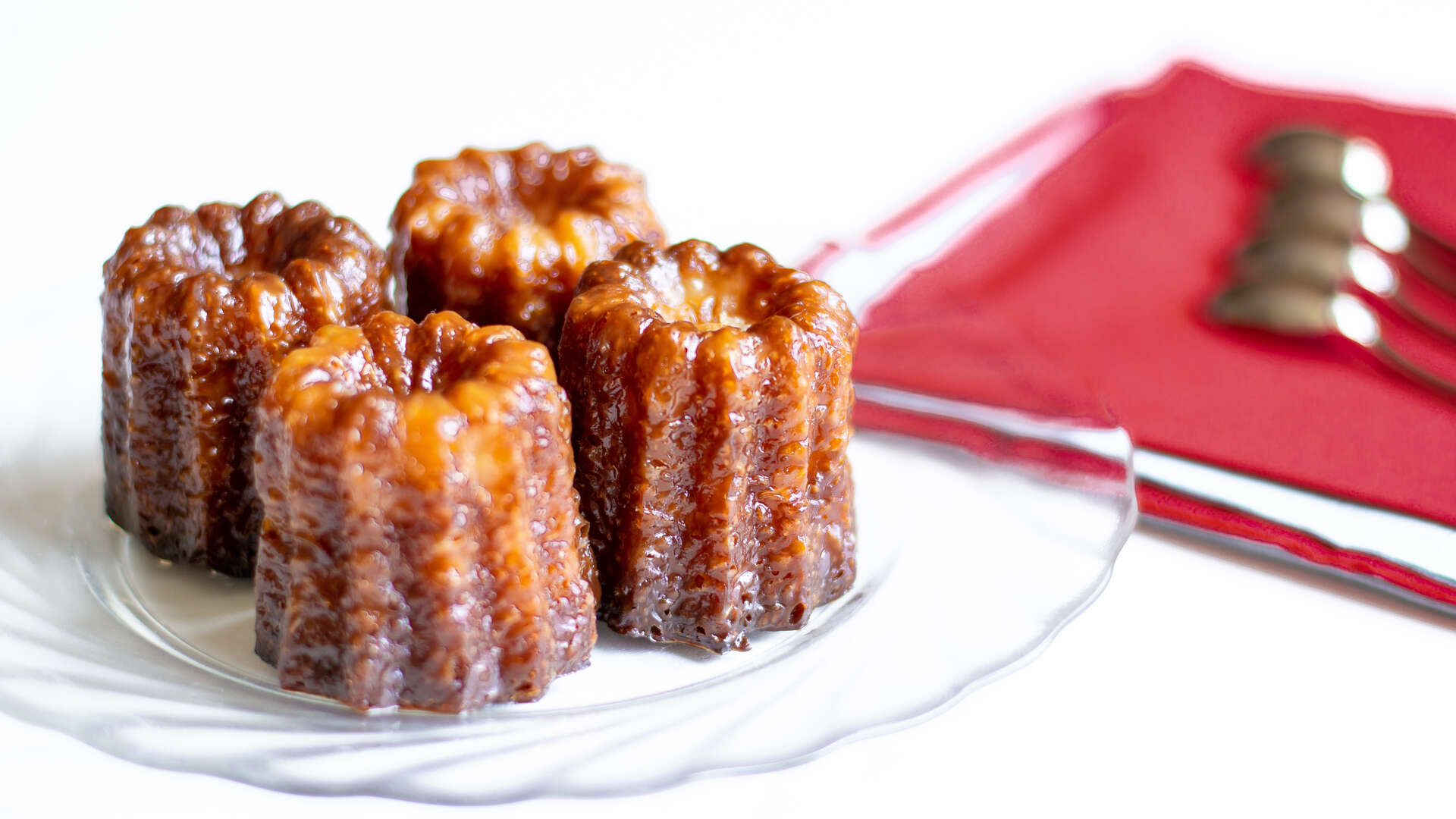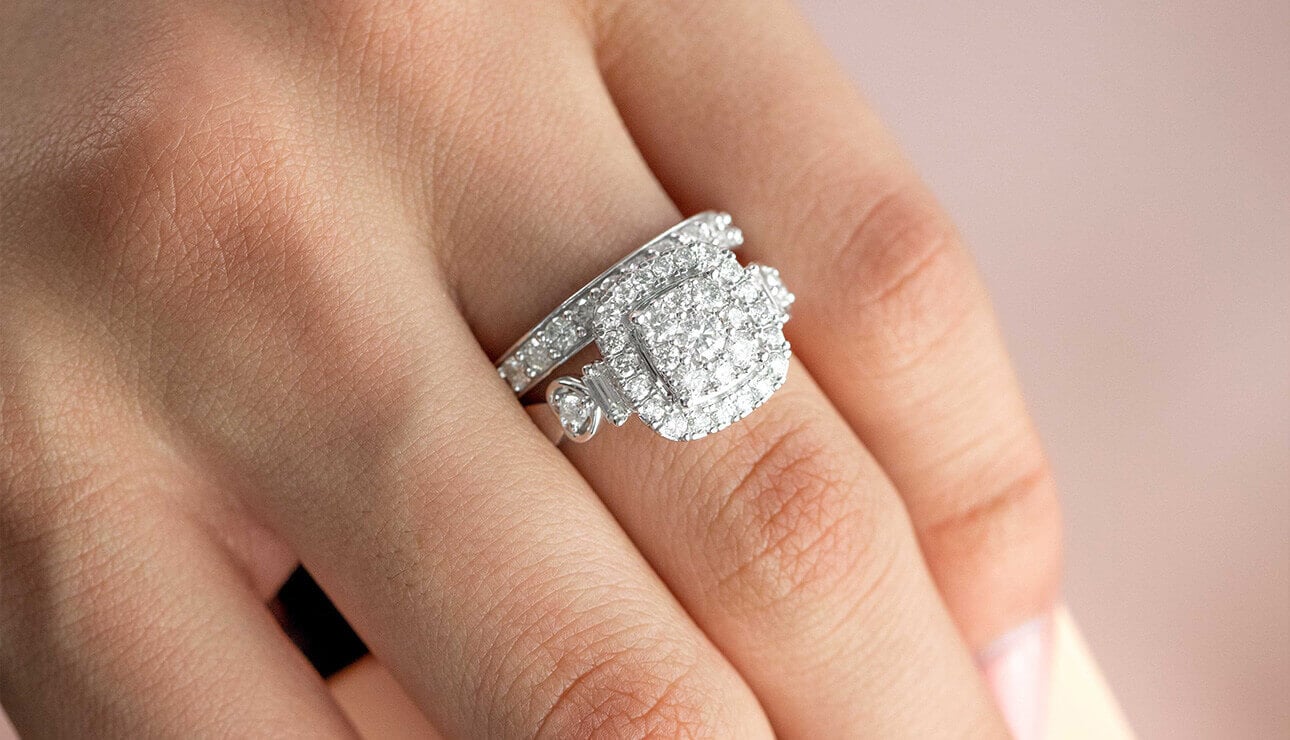Introduction
In a world where brilliance and beauty are highly valued, diamonds stand as timeless symbols of elegance and prestige. But beyond their sparkling facade lies a crucial question: How big is your diamond? While carat weight may be the most obvious measure, there are other dimensions to consider when assessing the true value of these precious gems. In this comprehensive guide, we delve into the various factors that determine the size of a diamond and how you can unlock its full brilliance.
The Carat Conundrum
Carat weight is often the first thing that comes to mind when discussing a diamond’s size. One carat is equivalent to 200 milligrams, and as the carat weight increases, so does the perceived size of the diamond. However, it’s important to note that carat weight alone doesn’t tell the whole story.
Beyond Carats: Understanding Diameter and Spread
While carat weight provides a standardized measure, it doesn’t account for a diamond’s actual physical dimensions. The diameter and spread of a diamond, which refer to its width and surface area when viewed from the top, also play a significant role in determining its size. A diamond with a larger diameter will appear more substantial, even if it has the same carat weight as a smaller stone.
The Impact of Cut on Perceived Size
The cut of a diamond is perhaps the most crucial factor in maximizing its brilliance and perceived size. A well-cut diamond will reflect light in a way that enhances its sparkle and makes it appear larger than its actual carat weight. Conversely, a poorly cut diamond may appear smaller and lackluster, despite having the same carat weight as a better-cut stone.
Optical Illusions: Tricks of the Trade
Jewelers employ various techniques to enhance the perceived size of a diamond without increasing its actual carat weight. One such method is halo settings, where smaller diamonds surround a center stone, creating the illusion of a larger, more impressive diamond. Additionally, diamond shape can also influence how big a diamond appears, with elongated shapes like ovals and marquises often appearing larger than round brilliant cuts of the same carat weight.
Considering Clarity and Color
While clarity and color primarily affect a diamond’s purity and hue, they can also impact its perceived size. Diamonds with higher clarity grades and color grades tend to exhibit more brilliance, which can create the illusion of a larger stone. However, lab created diamonds, these factors must be balanced with personal preferences and budget considerations.
Practical Considerations: Balancing Size and Budget
Ultimately, the size of your diamond is a personal choice that should align with your individual tastes and budget. While larger diamonds may command attention, smaller stones can offer exceptional beauty and value without breaking the bank. By prioritizing factors like cut quality and optical tricks, you can maximize the perceived size and brilliance of your diamond without compromising on quality.
Unveiling the True Brilliance
In conclusion, the size of your diamond is not solely determined by its carat weight but rather a combination of factors including cut, diameter, and optical illusions. By understanding these nuances and working with a reputable jeweler, you can unlock the true brilliance of your diamond and create a timeless symbol of love and luxury that exceeds expectations. So, whether you prefer a petite sparkler or a dazzling statement piece, remember that the true measure of a diamond’s size lies in its ability to capture hearts and ignite imaginations.



